| Title A Geographical Exploration of Welsh Historical Sites | |
|
Author Sarah Michehl American River College, Geography 350: Data Acquisition in GIS; Spring 2011 Contact: (email: h2uhoh@gmail.com) | |
|
Abstract A country's history tells you more about their people than just going to the beach or sitting in a pub. We're going to Wales this summer for a friend's wedding and we have an additional four days to explore on our own. With limited time and a limited budget I will determine a few historical locations within 20-30 miles of our hotel in the three regions we're visiting so we can explore a little of the history of Wales. | |
|
Introduction How can you travel in a small country like Wales, see the sights while learning a little about the long and tumultuous history of the country at the same time? By researching, planning and mapping your historical sites ahead of time you can determine how much you can accomplish in a short amount of time and on a limited budget. This summer my husband and I will be attending a friend's wedding in Wales, aside from the time at the wedding we'll have an additional 4 days in which to explore. Much of Welsh history revolves around castles, whether those castles were built by Welsh Royalty to secure against their many invaders, by the English to suppress Welsh rebellions, or by early invaders like the Normans who wanted to remind Welsh people of their presence, castles and castle ruins abound in Wales. With limited time and a small budget we would like to visit some historical sites and castles while we are visiting Wales for a friend's wedding this summer. Gas is prohibitively expensive, so we need to keep the sites we visit relatively close to the three towns we're staying in. The three towns are; Denbigh in north central Wales, Welshpool, a mid Wales border town and Pembroke in rural southwestern Wales. The goal is to try to not exceed 50 miles of driving to historical sites round trip each day, that ensures time to leisurely see the sites instead of rushing and spending most of the time on the road. | |
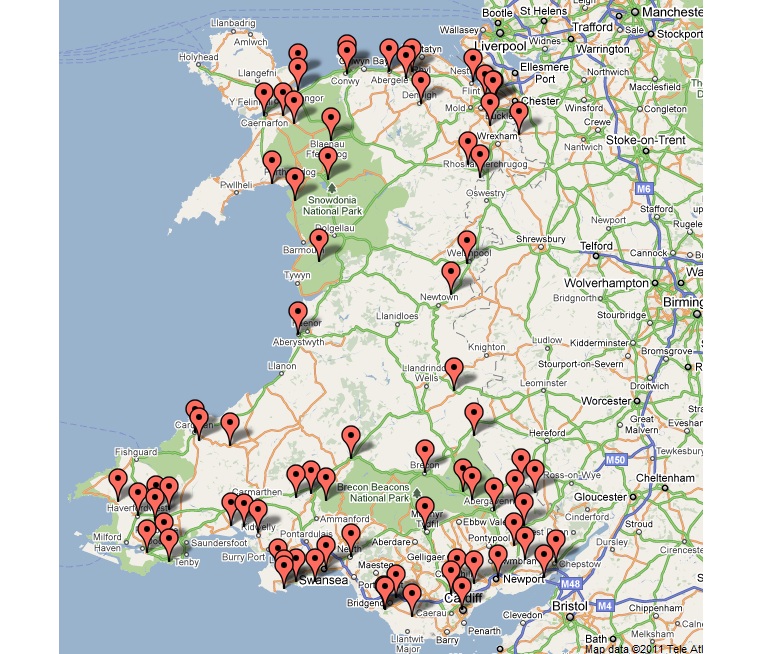
| |
|
Background A quote by Peter Williams Ph.D most appropriately describes the plight of the Welsh people and their history. "The history of Wales is primarily a story of struggle. It is a tribute to the people of Wales' determination to survive against overwhelming odds -- a struggle reflected not only in its castle-dominated landscape and its surviving Celtic language, but also in its long literary history. Created in a time when the flood ofGermanic pagan invaders from the continent threatened to destroy Christian Celtic civilization in Britain, its history continued through the depredations of the Vikings, the invasions of the Normans, the oppression of the powerful Marcher Lords, and the ever-constant, ever threatening power of the English people and the English language (Williams, 2011).". With 641 castles, Wales has more castles than anywhere in Europe ("Wales Cymru"). This is due in part because the country has about the same area as New Jersey and also because of the many invaders and battles fought throughout it's history. While researching I found a number of sites describing the historical sites and many castles in Wales, they differed in detail regarding the full history of each site so I had to visit many to get the full story. A detailed discussion of the entire history of Wales is too broad for this project, the main focus of this paper will be to describe the sites we will visit and what historical significance each site holds in Welsh history. | |
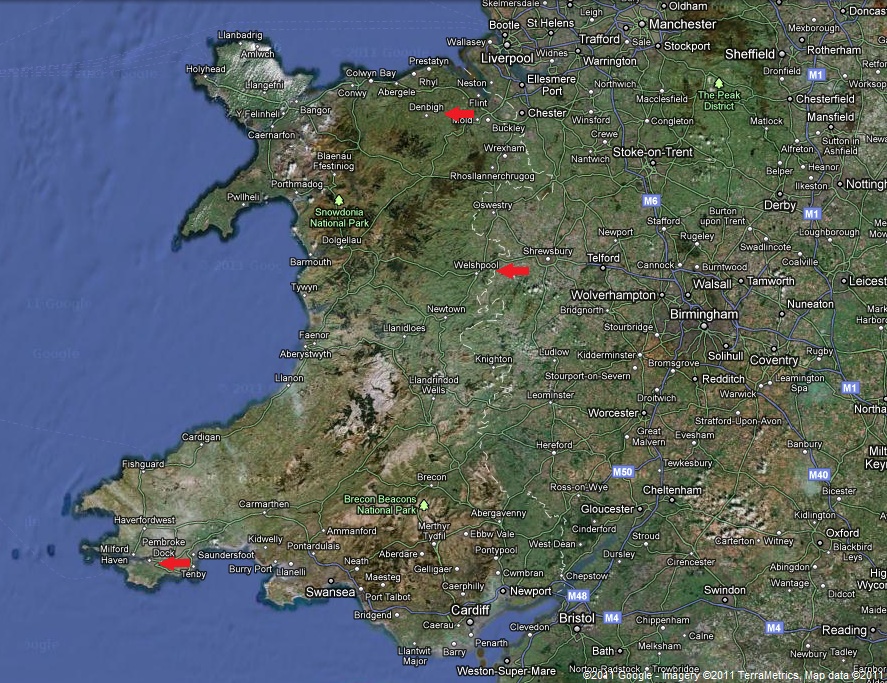
| |
|
Methods My research on Welsh history covered a wide rage of web site types including; government sponsored, Welsh heritage, and personal web sites. With such a large number of historical locations to chose from I focused on the sites within a 20-30 mile distance from the towns we are staying in. The first stop is Denbigh, a market town that lies in the northeastern region with a population of almost 9,000 people ("Visit Denbigh Town"). Much of the more prominent castles and historical sites lie far to the northwest, but given we have only a day in that area we needed to keep our sites closer to Denbigh. After researching I decided on 2 sites due to their location and also interesting historical past. These two are Denbigh Castle, St Winifreds Chapel and holy well. Due to a time shortage, sadly I couldn't incorporate more sites in this region. The second town in our trip is Welshpool, a mid Wales town that resides on the border of England and Wales. Welshpool is located in the upper portion of the Severn Valley, a traditional agricultural service center that boasts the largest sheep market in Europe ("Welcome to Welshpool"). Due to it's location there are large number of border castles and fortifications. The sites I chose were based on their proximity to Welshpool. Two castles built for two different causes, Powis Castle and Montgomery Castle were the chosen historical locations for this region. The last town we're staying in resides in southwestern Wales near the coast. Pembroke is a town of nearly 8,000 situated in the countryside on the Pembroke Peninsula. The town's long history can be traced to the arrival of the Normans, led by Roger de Montgomery in 1093("Pembroke and Pembroke Dock Online"). Along with historical significance this town is also rich in geologic beauty along the coastline. | |
Results North Wales In Northern Wales, Denbigh Castle is located in the same town where we're staying so it will be very easy to get to. King Edward I lead a 13th century campaign to suppress Welsh rebellion, Denbigh was among the many castles built at this time. The classic Edwardian fortress is accompanied by over a half mile of town walls. Construction began in 1282 on top of the former Welsh stronghold ("Cadw Events"). The partially constructed castle was captured in 1294 a Welsh rebellion, led by Madog ap Llywelyn. The English promptly took back control of the castle and resumed construction. It is said that the two phases of construction can be seen in the different color stone and thicker curtain walls of the castle. The other location we're visiting in Northern Wales is St Winifred's Chapel and holy well which date to the early sixteenth century, however the site had been a place of pilgrimage from 1115. St. Winifred was a seventh-century Welsh nun. Local lore says one day while she was alone Prince Caradog attempted to rape the nun, she escaped and fled towards the church but the Prince caught her on the hillside and cut off her head (Fry, and Hulse, 2006). According to legend, the place where her head fell sprang forth a spring of healing waters. People have come to the well for centuries to pay homage and bathe in the healing waters. The current structure was constructed around 1500 and probably took somewhere between 10-15 years to complete. Forming almost a square crypt, it's built into a steep hillside that goes to the north through a triple arcade where the well is accessible (Fry, and Hulse, 2006). . | |
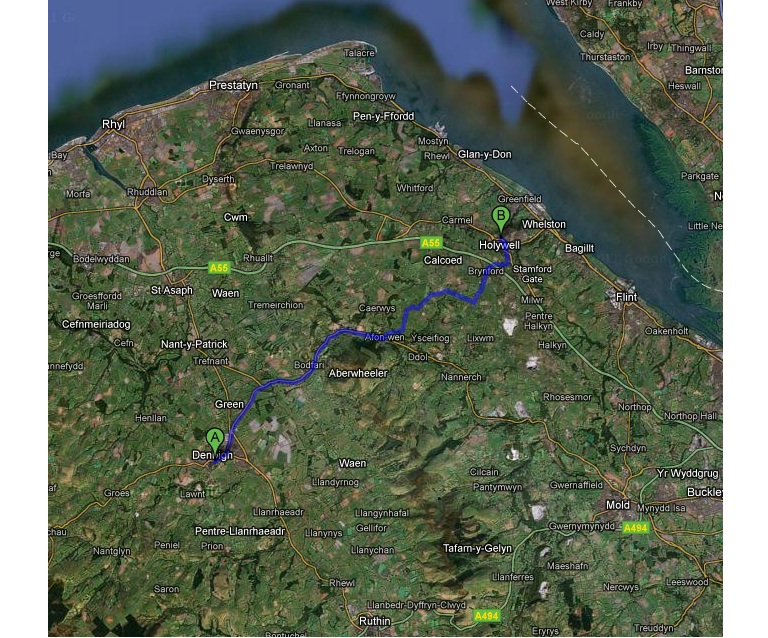
| |
Results Mid Wales In mid Wales near Welshpool we find Powis Castle, our first stop in this region. Unlike nearby Montgomery castle built by the English to subdue and rule the Welsh, Powis castle was the fortress of a dynasty of Welsh princes. Originally the castle belonged to the house of Powys , but the castle was lost to house of Gwynedd. Ownership changed hands between the two houses, then passed to the Cherelton family and finally in 1587 to the Herbert family where it remains today under the care of the National Trust (Thomas, 2009). Originally built in the 12th century, the Medieval castle sits high on a rock and rises dramatically above extensive gardens with views towards England. The castle has been greatly remodeled for over four centuries. When the son of Robert Clive who conquered India married Lady Henrietta Herbert in 1784 a wealth of treasures from India were displayed in the house, most of which now reside in the Clive Museum (Thomas, 2009). Montgomery Castle is located to the south of Welshpool about 9 miles. The castle was built by Henry III in response to the growing power of Welsh Llywelyn ap Gruffudd. The town of Montgomery was founded soon after the castle was built and traders were encouraged to settle there. The importance of the castle declined by the 14th century and it stood in ruins. From 1538-1543 the castle was refurbished and was again abandoned in 1580. During the civil war Parliamentary troops seized and destroyed the castle by order of Parliament. In the 1960s archeological excavations took place and the castle was redisplayed and consolidated to it's current form (Clwyd Powys Archaeological Trust). | |
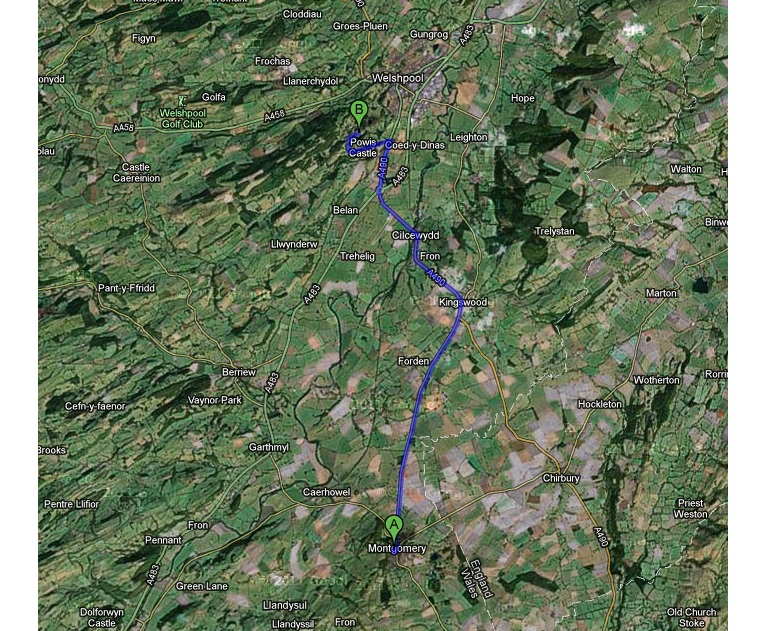
| |
|
Results Southwest Wales Within the southwestern town of Pembroke lies Pembroke Castle, a large Norman castle placed between two tidal inlets on a high ridge (Thomas, 2009). Norman Earl Roger of Montgomery founded the castle in 1093. The site was chosen by the Norman invaders because it is a major route-way. The Normans also embarked on Irish invasions from this location. The castle came into English Earl William Marshal's possession in 1189. The castle was passed to the Valence family, then through marriage to the Hastings family until 1389, after which it became part of the crown of England. The castle was the birth place of future King Henry VII of England in 1457 ("Pembroke Castle"). During the Civil War Pembroke sided with the English and then changed sides towards the end of the war. Cromwell came to Pembroke and took the castle after a 7 week siege and ordered it to be destroyed. Though not a total ruin, the castle laid in disrepair until 1880, from that time slow restoration has taken place and resulted in what remains today ("Pembroke Castle"). | |
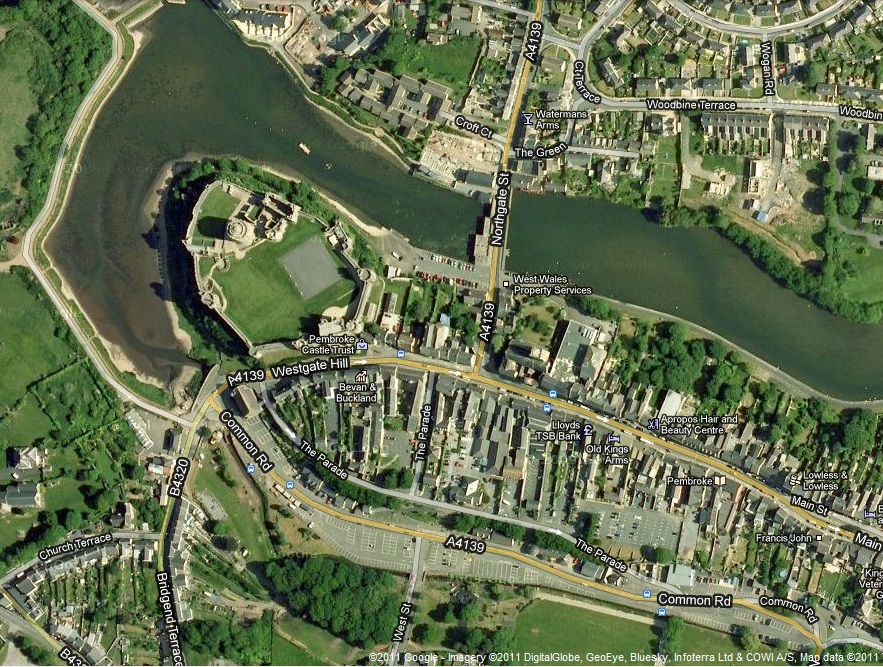
| |
Pembroke Castle | |
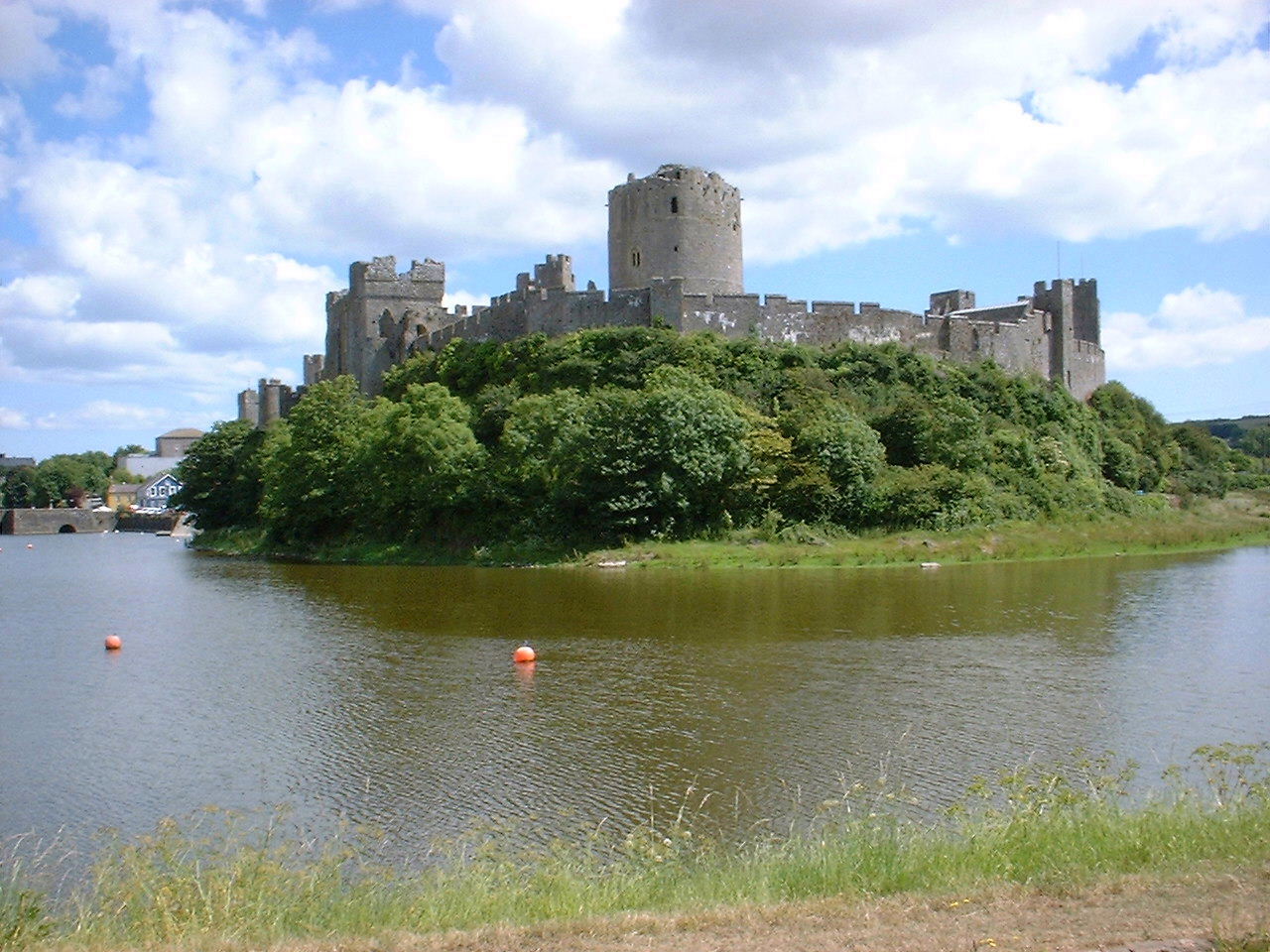
| |
Powis Castle: Photo by (Thomas, 2009) | |
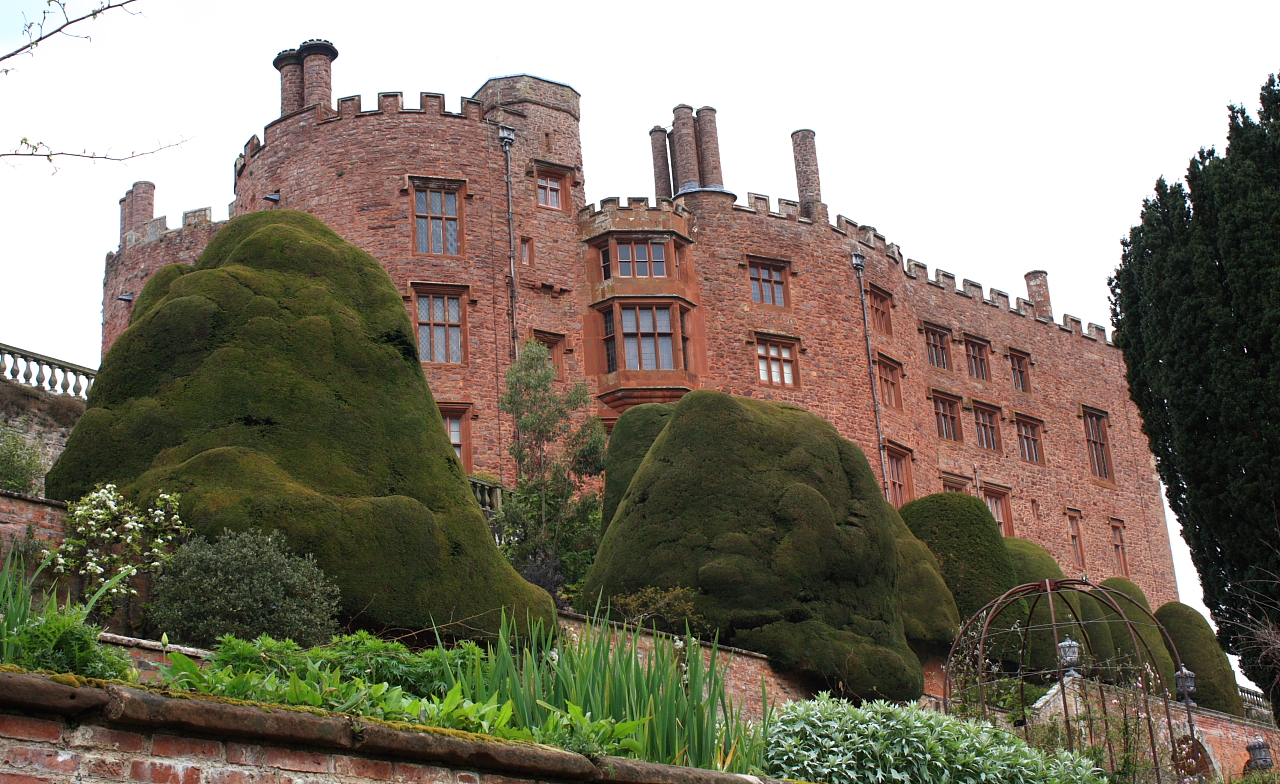
| |
Denbigh Castle: Photo by (Thomas, 2009) | |
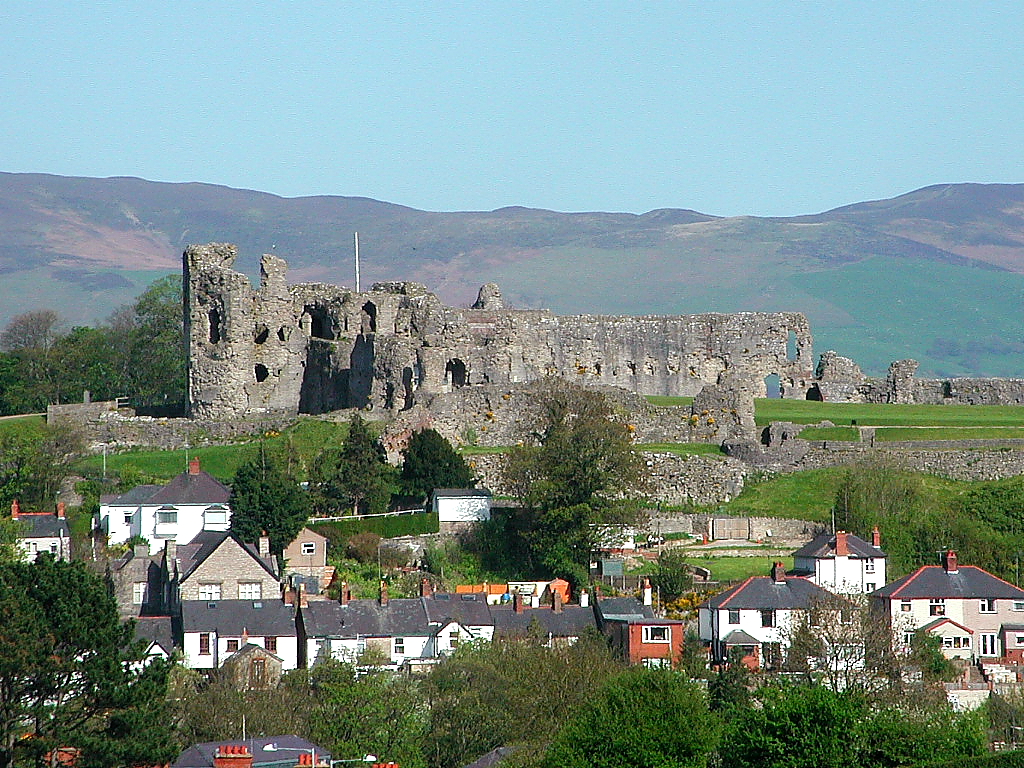
| |
St Winifred's Chapel and holy well: Photo courtesy of http://education.gtj.org.uk | |

| |
|
Analysis It was very difficult to pick historical locations in all of these regions. Primarily because we lack the time to liberally explore the myriad of castles and historical sites in Wales. In the Northern region it was particularly difficult. We will be based in the northeastern portion and the more grandiose and intact castles, such as Caernarfon and Beaumaris Castles lie in northwest Wales and Anglesey. If we had more time we would definitely explore the northwest region in depth. We also didn't have time to go to Southern Wales, near Cardiff where the intriguing Caerphilly Castle resides. Cardiff is the largest city in Wales and the capitol with a wealth of museums, a renowned university and numerous historic sites. There's a wealth of history in Southern Wales as well and it would be nice to return to visit both of these regions in more depth. | |
|
Conclusions The trip was planned and lodging was booked before any research was done about the particular areas and the historical sites near by. While I feel we're going to have a fun and informative trip as planned, given more time and a little forethought the trip could have been even better. As they say hindsight is 20/20 and that's no different in this case. One can never really explore a country in just a few days. With this trip we'll get a taste of Welsh history and will be able to better plan and explore on a future excursion. | |
|
References "About Pembroke." Pembroke and Pembroke Dock Online. Pembroke Town Online, 2011. Web. 20 April 2011. Bazga, Stuart. "In 1196, Powis Castle was captured by the English under Archbishop Hubert Walter." Guide to Castles of Europe. Site Build It, 2011. Web. 02 April 2011. Clwyd Powys Archaeological Trust. "A short guide to Montgomery Castle." The Clwyd-Powys Archaeological Trust. Heritage Management Service of CPAT , n.d. Web. 01 May 2011. "Denbigh Castle." Cadw Events. Peter Gill & Associates, 2011. Web. 01 May 2011. < http://www.cadwevents.co.uk/monuments/denbigh-castle>. Fry, Roy, and Tristan Gray Hulse. "Holywell-Clwyd." Source Online Archive. Designed by Richard L. Pederick, 08 04 2006. Web. 11 May 2011. "History Timeline." Pembroke Castle . Web Adept, 2010. Web. 23 April 2011. "Powis Castle and Garden." National Trust. National Trust, 2011. Web. 01 May 2011. Ross, David. "Dolforwyn Castle." Britain Express Limited. RackSRV Communications, n.d. Web. 22 April 2011. Thomas, Jeffery L. "Powis Castle ." Castles of Wales. Jeffery L. Thomas, 2009. Web. 28 April 2011. Thomas, Jeffery L. "Pembroke Castle." Castles of Wales. Jeffery L. Thomas, 2009. Web. 28 April 2011. "Welcome - A bit about what you’ll find in Wales." Wales Cymru. Welsh Assembly Government 2011, 2011. Web. 21 April 2011. "Welcome & History." Welcome to Welshpool. Welshpool Partnership, 2011. Web. 01 May 2011. "Welsh Castles - Map ." Castle of United Kingdom and Ireland. Castle Travel Guide, n.d. Web. 07 April 2011. Williams, Peter N. Ph.D. "The Long Struggle for Identity: The Story of Wales and its People." Britannia Travels. Britannia.com, LLC, 2011. Web. 11 May 2011. "History ." Visit Denbigh Town. Denbigh Town Business Group, 2011. Web. 02 May 2011. | |